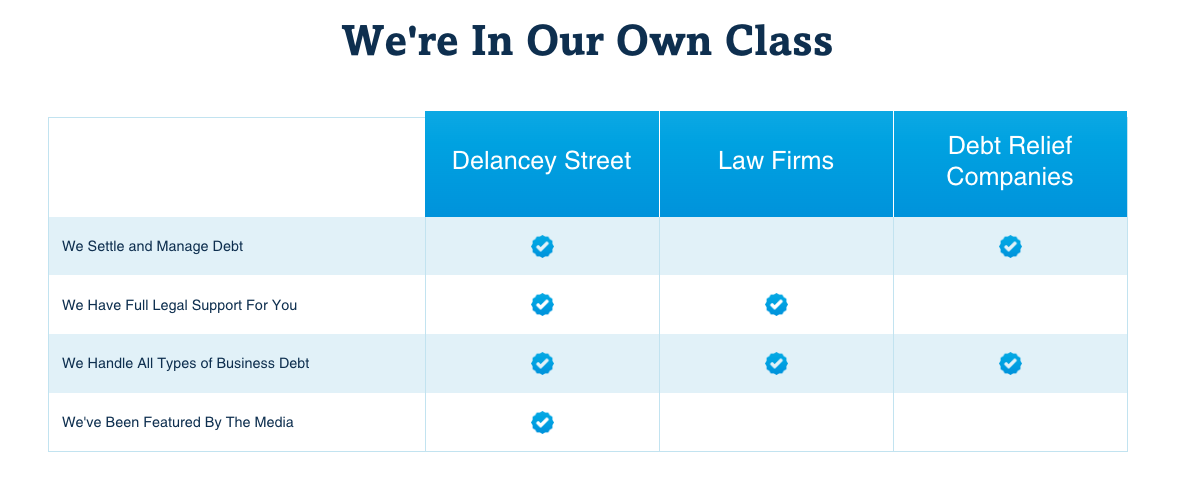Navigating the Aftermath: Turnaround Strategies Following Corporate Debt Restructuring
Companies that undergo debt restructuring face a challenging path forward. While restructuring provides temporary financial relief, the underlying business problems often remain unaddressed. Without careful planning and execution, restructured companies can quickly find themselves back in financial distress.
To avoid this fate, companies must pursue effective turnaround strategies post-restructuring. The objectives are to stabilize the business, reverse revenue declines, improve profitability, and position the company for long-term success. This is no small feat, but several key strategies can set the stage for a successful turnaround.
 -
-Step 1: Stabilize the Business
In the initial aftermath of restructuring, the company is often still on shaky ground. The first priority is therefore to stabilize operations.
The senior leadership team should focus relentlessly on stopping revenue bleed and preserving cash flows. This likely involves making difficult decisions on cutting costs through:
- Workforce reductions
- Vendor/purchasing reductions
- Discretionary spend cuts
However, cost-cutting alone is not sufficient. The leadership team must also identify the critical business activities that need to be supported to retain customers and key personnel. Targeted investments into these priorities can help stabilize the core business.
Step 2: Define the Go-Forward Strategy
With the business stabilized, attention shifts to defining a viable go-forward strategy. This requires an honest and objective assessment of what went wrong and how to fix underlying problems.
 -
-Common flaws that land companies in distress include:
- Outdated business models
- Loss of competitive advantage
- Poor financial controls and discipline
- Toxic company culture
The leadership team must confront these issues directly through a structured approach to turnaround strategy development:
- Quantitative analysis – Analyze market trends, customer segments, product/service economics, distribution models
- Qualitative evaluation – Gather perspectives from employees, customers on what needs to change
- Benchmark competitors – Identify companies executing well against trends in your industry
This assessment forms the fact-base to make decisions about re-orienting the business model, product/service mix, target customers, operations, and talent strategy.
The output is a realistic go-forward plan that addresses root causes of distress while positioning the company to thrive in evolving market conditions. This also serves as the blueprint for executing the operational turnaround.
Step 3: Rebuild the Talent Base
Having the right leadership in place is crucial for effective execution. Companies may need to supplement or replace existing managers with turnaround experts suited to the situation.
 -
-Common capabilities sought in turnaround leadership include:
- Change management – Overhaul ways of working, culture
- Performance management – Drive accountability for decisions/results
- Operational restructuring – Optimize production, supply chain, other operations
- Financial planning – Cash flow, liquidity management
- Stakeholder engagement – Communicate with, reassure stakeholders
Fresh thinking and competencies are also often needed deeper in the organization. Strategic additions and training programs can help transform the broader employee skill base to support the go-forward strategy.
Step 4: Drive Rapid Performance Improvement
With the groundwork laid, the focus shifts to execution. The leadership team must translate the strategic plan into clear operational and financial targets—then manage the organization to achieve them.
 -
-Execution discipline is paramount. Typical initiatives include:
- Sales rebuilding – Compensation structures, customer targeting, channel support
- Marketing revamp – Brand, promotions, advertising to support growth objectives
- Cost optimization – Supply chain, ops enhancements to boost profitability
- Working capital reduction – Free up cash flow through leaner inventory, receivables management
- Culture change – Rebuild employee motivation, performance mindsets
Above all, a maniacal focus on results is vital—leaders must continually pressure the organization through reviews of performance metrics and key milestones. This keeps the turnaround on track through a difficult multi-year journey.
Conclusion
Coming out of debt restructuring is a pivotal moment. Companies can pursue strategies to stabilize and reinvent the business for the better—or risk falling back into financial distress.
While the operational and cultural changes required are demanding, taking bold and decisive action positions restructured companies to emerge healthier and stronger for the long-term. The recommendations provided equip executives to chart this path to renewal.
Additional Resources
- How to rescue a company in financial distress – McKinsey overview of turnaround strategies
- Turnaround Management Association – Non-profit dedicated to corporate renewals through financial and operational improvements
- When and How to Use Turnaround Management Services – Reddit small business thread
- Business Turnaround Strategies – Avvo article by business law attorney
- What is Turnaround Management? – Overview from LawInfo small business resources







